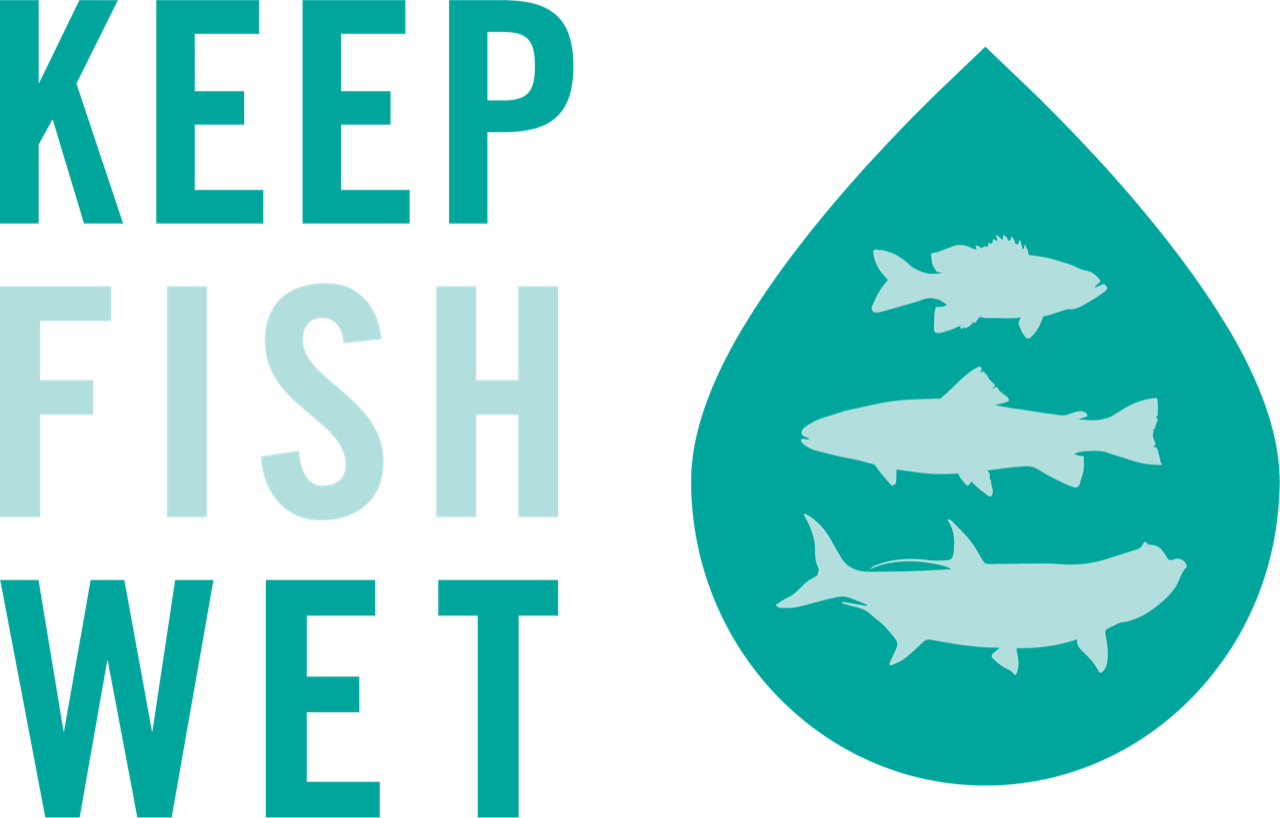Keep Fish Wet: Why do you believe Keep Fish Wet is important?
Aaron Adams: Catch and release is only a valid conservation tool if most fish that are released survive. Therefore, working with anglers to adjust their behavior to maximize post-release fish survival is essential for fish conservation.
KFW: Do you have suggestions on how anglers can apply our principles and tips in different fishing situations (e.g. how do you keep fish in the water when fishing from a boat?).
AA: Great question! From larger boats, like pangas, the gunnels are high, so it’s tough for an angler to hang over the side to get a photo of a fish in the water. But if the angler gets in a good position, and has the fish handed to him and a photo quickly taken (i.e., the photo is prearranged), then the out-of-water time can be minimal. I think a good rule of thumb is – if the fish is still dripping water in the photo, it is an OK image to use. For flats skiffs, it’s easy for an angler to lean over the gunnel, keep the fish in the water, and the photographer can also lean over to take the photo. If it’s a shallow flat, get in the water with the fish.
KFW: If there was one thing about science-based best practices for fish handling that you wish all anglers would remember or do, what would it be?
AA: Do what’s necessary to minimize handling.
Aaron is the Director of Science and Conservation for Bonefish & Tarpon Trust and a Senior Scientist at Harbor Branch Oceanographic Institute of Florida Atlantic University. He received a bachelor’s degree from St. Mary’s College in Maryland, a Master’s degree from the College of William and Mary, and a Ph.D. from the University of Massachusetts Boston, and also holds a Coast Guard Captain’s License. He has lived, worked, and fished on both coasts of the US, as well as throughout the Caribbean, where he has been conducting fish research for more than 25 years. His pursuit of effective fisheries and habitat conservation are rooted in his years growing up near Chesapeake Bay, where he witnessed the decline of the Bay’s habitats and fisheries.
His scientific focus has been on conducting applied research with conservation implications (from coral reef to recreational species), with a particular interest in fish habitat ecology. As Director of Science and Conservation, Aaron is responsible for formulating and implementing BTT’s science and conservation plan.
In addition to his duties at BTT, Aaron is also an avid angler, and spends considerable effort translating fish science into fishermen’s terms – including authoring three books and contributing to numerous other books.

